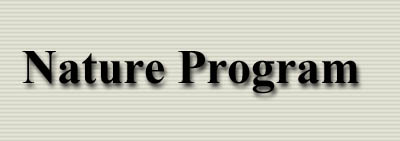



 |
|
 |
|
Douglas-fir
Pseudotsuga menziesii
First posted February 1, 2004 Last updated June 19, 2009
![]()

![]()
 |
. | Douglas-fir (Pseudotsuga menziesii) is a prominent member of the coast redwood community, both for its size and it frequent occurance. Found in many places of western North America, it is not a true fir at all, nor a pine or spruce. The hyphen in the common name means that the common name does not correctly indicate its proper botanical group, that is, the Douglas-fir is not a "true" fir — it is not a member of the genus Abies. It is a distinct species, named after Archibald Menzies, a Scottish physician and naturalist who first discovered the tree on Vancouver Island in 1791, and David Douglas, the Scottish botanist who later identified the tree in the Pacific Northwest in 1826 and introduced it into Europe. It's Latin name, "Pseudotsuga", means "False Hemlock" and reflects the fact that it gave botonists fits for years as they tried to classify it. The species is known by a number of common names including Oregon Pine, British Columbian Pine, Red Fir and even Douglastree; however, the U.S. Forest Service settled on Douglas-fir some years ago. Douglas-fir is very important as a source of lumber. It is North America's most plentiful softwood species, accounting for one fifth of the continent's total softwood reserves. Douglas-fir timberlands are the most productive softwood timberlands' in the US in terms of volume per acre. | . |  |
|
The Douglas-fir is easily identified by flattened needles spirally arranged around twigs in double rows. At maturity the branches have a characteristic droop; young trees, however, form almost perfect conical shapes, which is why it is a popular Christmas tree.. The Douglas-fir can reach up to 85 metres in height on the coast and 42 metres in the interior.
|
 |
 |
The cones have papery scales, with distinctive, three-pronged bracts (resembling mouse hind legs and tail sticking out from between the scales) in between them (see the photo at right and at top). The cones are 5 to 11 cm (2 to 4 inches) long and are green when young, turning to brown as they age. The seeds have wings and are are eaten by birds and small animals. The bark is smooth, grey-brown, blistered when young and becomes furrowed, thick, dark reddish-brown ridges as the tree ages. Bears sometimes scrape off the bark to eat the sap layer beneath. |
|
|
 |
 |
The Douglas fir is one of the few trees that can rival the coast redwood in size. Most of the very large specimens have been cut down and are now lost.

![]()
References